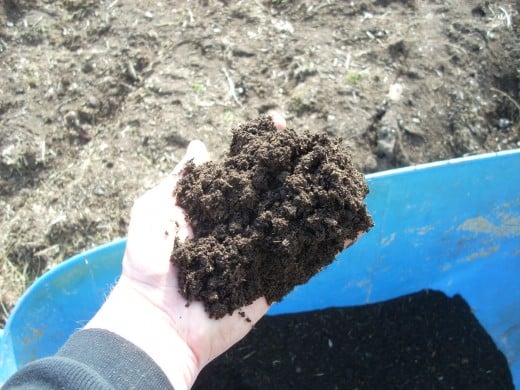- HubPages»
- Home and Garden»
- Gardening»
- Organic Gardening
Removing Debris From Your Garden Soil Easily
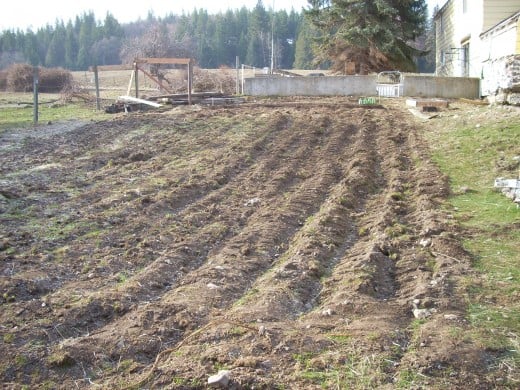
Springtime. The time of year when we start getting ready to plant our vegetable gardens. Time for planning, time for purchasing seeds and of course time to start breaking soil for the garden. Here in the southern edge of the Pacific Northwest there are plenty of rocks in the soil, especially soil that has not been turned in several years. One of the no effort but high cost ways of getting debris-free soil is purchasing it from a home improvement center or nursery. Around here though, I prefer to use what the land provides and not dip into my wallet.
The yard here at the ranch has not been worked in over ten years. As you can imagine, there are plenty of rocks and other debris buried within 1-inch of the surface soil. Starting a new garden here requires initially breaking up the soil with a plow or tiller a couple of times. This breaks up the surface roots of grass and begins to bring up the hidden debris and rocks underneath.
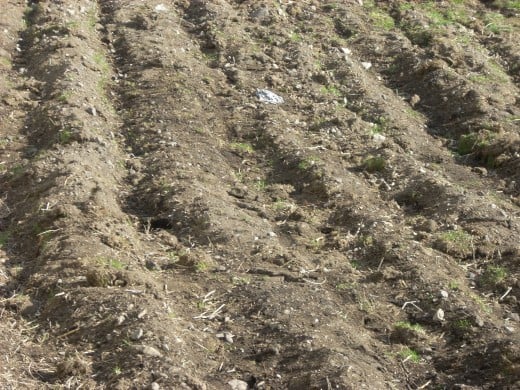
Once plowing the soil initially, it is time to get down and dirty. While there is some work involved, this is the quickest and least expensive method of turning rock-filled soil into fine gardening soil.
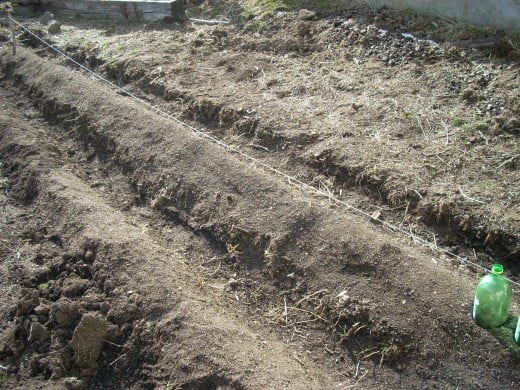
First I construct a square box out of some scrap wood. My current box is made from 2-inch x 6-inch boards and is approximately 2-feet square. It is a little heavier than I like, however it is necessary for the amount of gardening space that requires sifting. Use 2-inch x 4-inch or 1-inch x 4-inch wood to make a lighter box. Handles can be added to the box for easier handling, though I omitted them for this project. Attach rabbit wire to the bottom of the box with fence staple nails. Cut the wire to the size of the box once you attach it to the bottom. Regular tin snips or wire cutters work well for this task.
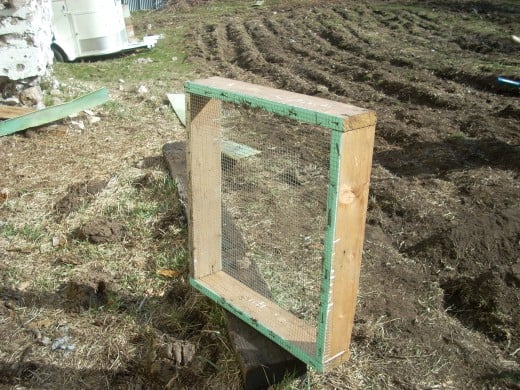
Lay the sifter box over a wheelbarrow with the bottom facing the wheelbarrow.
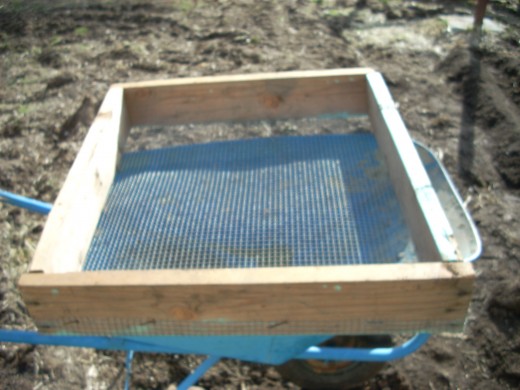
Fill the box with a few shovel-fulls of soil.
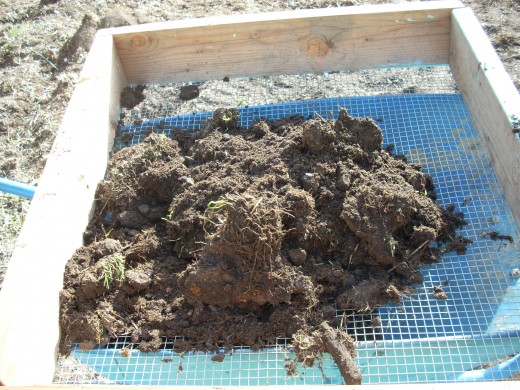
Sift the soil, running your hand back and forth over the soil. The soil will fall through the rabbit wire while leaving the rocks and other debris in the box.
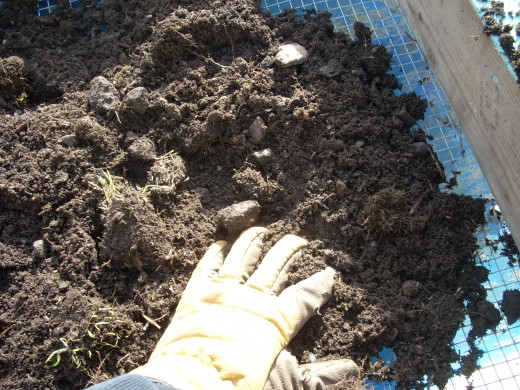
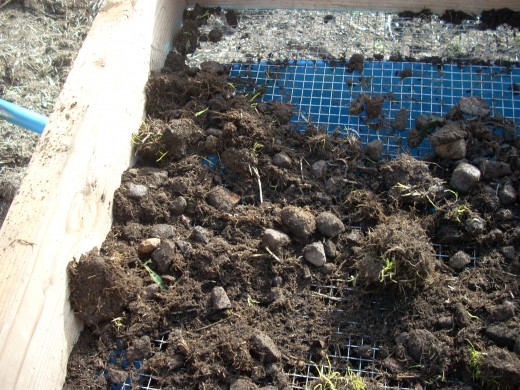
The end result is finely sifted soil that is usable in developing your rows or hills. The soil is also good for transplanting indoor plants.
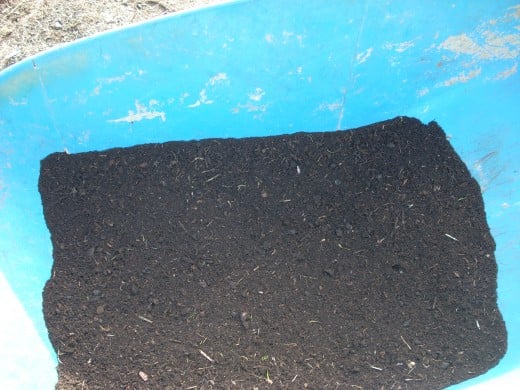
If you have an area that has not been tilled in some time, this is one of the easiest and inexpensive methods of getting rich, sifted soil for your garden. Then it is just a matter of planting and maintaining your garden this year.
